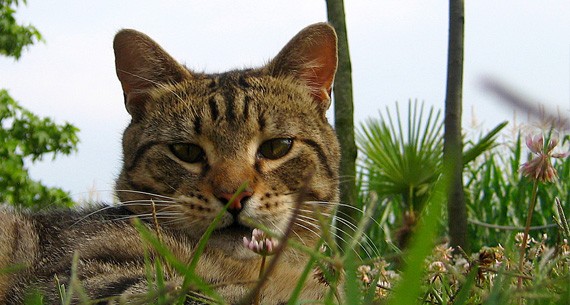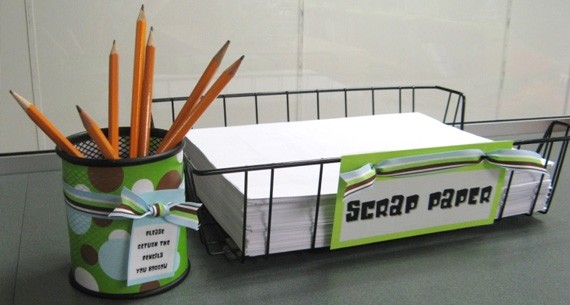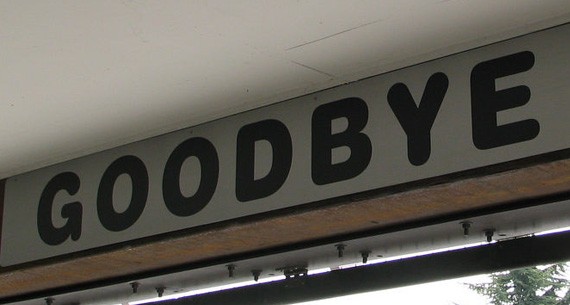Definition of “Trend”
Dictionary.com defines “trend” as “the general course or prevailing tendency.” We all know what design trends are and that many of us fall into them each and every day. What many designers don’t know, or don’t realize, is that these trends will come and go and eventually you will look dated if you stay in that rut for too long. I’m not against using them at all, I use them often.
It’s excellent practice and helps to mold us into the designers we will become in the future. My only problem with trends is that they can cause problems for people if not used correctly. Let’s discuss.
Your Web Designer Toolbox
Unlimited Downloads: 500,000+ Web Templates, Icon Sets, Themes & Design Assets
They Cause Complacency
Using trends can be great because they can help to push your limits to learn new things. The problem is that they can be counter-effective if you rely on them too much. What I mean is that they can make us complacent designers who never try anything else new because we already know how to design something a particular way. I have personally fallen prey to this with my corporate design background.
I worked for an agency where about 90% of my design was corporate and driven by project manager requests. The company had little backbone to stand up to clients and tell them we were the experts in what they needed to be effective for their clients on the web.
This led to the designers of the agency finding a “safe zone” with a particular trend and sticking with it because we knew we’d get less push-back if we didn’t step too far out of the box. Complacent designers mean less effective projects, end of story.

by fabio_ski.t
They Create Copycats
Trends also create copycats very easily. You will find this all over the internet these days. People find a designer they like and then decide they’re going to rip off designs in the portfolio for their own projects…or worse, they steal the work for themselves.
Personally, I think copycats are becoming even more prominent with the rise in design related social sites such as Dribbble and Forrst. I think these sites are awesome, I am simply pointing out that they are enabling trends to prosper moreso than they have been able to in the past.
So my take on this, feel free to use trends to help you along, just don’t steal other people’s stuff and remember to put your own creative twist on whatever inspiration you gather.
They Mean Less Creativity
This could probably go both ways. I can see where it could force designers to come up with a better way to do something, meaning the trend has helped us along in our quest for awesome design.
But more often, I think it puts design in a box. New designers feel they can’t design something different than the “great designers” out there because it will never be accepted. They try something fresh and it never gets noticed because no one else is doing it.
Of course, if it’s good enough, eventually a popular designer will pick it up and then it gets pushed through the industry like wildfire. So my point here is that we need to make sure the trends don’t limit our designs but rather cause us to come up with new ways to achieve the results we desire.
They Can Be Less Effective
Ultimately, I think we need to take into consideration that trends can end up being less effective on a project if used improperly. This is what I mean when I say that just because it works for one project, doesn’t mean it will work for another. Take a massive dropdown menu for example. It’s a trend we’ve been seeing a lot of lately and a great example is on sony.com.
This works great for the design they have going on and the amount of information they want to put in front of the customer immediately. But it may or may not work for the next project you work on. Maybe they don’t need a drop menu at all or maybe there’s only a few links to drop down.
Either way, just remember to assess the situation and whether what you’re using will help or hurt the usability.

by Enokson
Great Design is Usable
Great design is…well…great. It’s all the things we hope for when we start a project. It’s user-friendly. It’s pretty. It’s functional. It solves problems that sometimes the user didn’t even know they had. It creates a good experience. It establishes or furthers a brand.
It just works in every sense of the word. If a design isn’t doing all these things and more, it’s not great. Great design cannot create problems and still remain great. Lets look at a few things that are encompassed in this term.
It Solves a Problem
Everyone out there has had problems using a website at some point or another. It could be something as simple as the navigation not working properly. Maybe you weren’t able to find something or came across a site that requires an updated Flash player.
What great design does is solve problems, not create them. Instead of making users search for information for ten minutes before they finally stumble across it, it shows them exactly how to get there in just a few clicks. This could be an incredible new search function or a well thought out drop down menu.
Keep these things in mind when designing as they will make or break your design no matter how beautiful it is.
It Invites Users to Find Information
Instead of confusing the user with a mess of content they don’t care to read, great design shows them exactly where to go to find what they want. It’s like dropping little breadcrumbs along the way to the exact content they’re looking for.
Show them where to go and what they need and they will be back after having a positive experience. This is what great design is all about…keep it simple, keep it useful.

by tomt6788
It’s Beautiful
Okay so maybe it doesn’t have to be beautiful, but that certainly helps. And most of the time when I come across truly great design, it’s beautiful too because if you really know how to design, you understand usability.
Most designer’s websites are a reflection of what they can do for clients so take this as a hint to work on your own if you feel inclined to do so. The visual part of a site is becoming more and more necessary anyway due to things like Google’s new search feature that pops up an image of the site upon rollover.
Things like this are popping up everywhere on the net and people will slowly begin to choose the nicer looking sites over the other ones, even if it’s subconsciously. So while useable doesn’t have to equate to beautiful, it pretty much does.
It’s Effective
Ah, the notorious effective website. The website that actually does something. It’s not stagnant. It’s constantly updated. It’s never boring. It’s never useless. This is the day and age we live in.
We live in a time where information is immediately at our fingertips and there’s a website or webapp to do just about anything you want. A great design is completely and utterly pointless even if it has everything else we’ve mentioned but fails to be effective.
If it doesn’t get the point or convey the message it needs to very clearly, there’s something wrong. Take note of what works for you on sites and make sure to incorporate those into your designs. Push the limits of technology a bit even if you’re slowly nudging your audience to understand something new. Just make sure you don’t lose them during the process.

by Peter Kaminski
And That’s A Wrap
There’s more to say for sure but that’s all I’m covering in this article. The point was to help remind you that great design is the ultimate goal. I think design trends are awesome when used properly and when they make sense. I also think they push the industry forward and that they are vital for helping us to do just that. The important thing to remember is not to fall prey to getting stuck in the rut they can cause. Be sure to keep climbing and furthering your work. Take what you will from this, but remember the ultimate goal.
This post may contain affiliate links. See our disclosure about affiliate links here.
